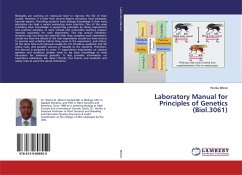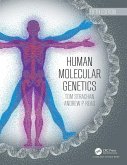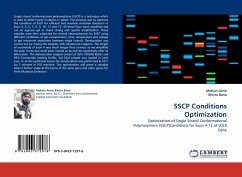In the book we will present a detailed explanation of the karyotype technique and a solution to the problem we are exposed to in genetics laboratories. karyotype technology The detection of some genetic diseases in humans through the examination of chromosomes and the number and forms and sizes of a blood sample or biopsy of the spinal cord or tissues of the person and compared to the natural state. By rearranging the chromosomes in the sample taken from the human body, thus contributing to the detection of genetic diseases in the target sample, as well as detecting diseases that can be diagnosed through the technique of karyotype Syndrome Down, Edward syndrome, Turner syndrome and Kleinfelter syndrome, and lack of growth and development, as well as leukemia and lymphoma . The steps to work in the laboratory are summarized by providing a suitable environment for sample growth and cultivation, stopping the division by using a chemical and adding a solution that causes the cells tobloom and exit the chromosomes, dye the sample and examine it under the microscope and insert the results into a computer program and analyze them using the karyotype
Bitte wählen Sie Ihr Anliegen aus.
Rechnungen
Retourenschein anfordern
Bestellstatus
Storno








